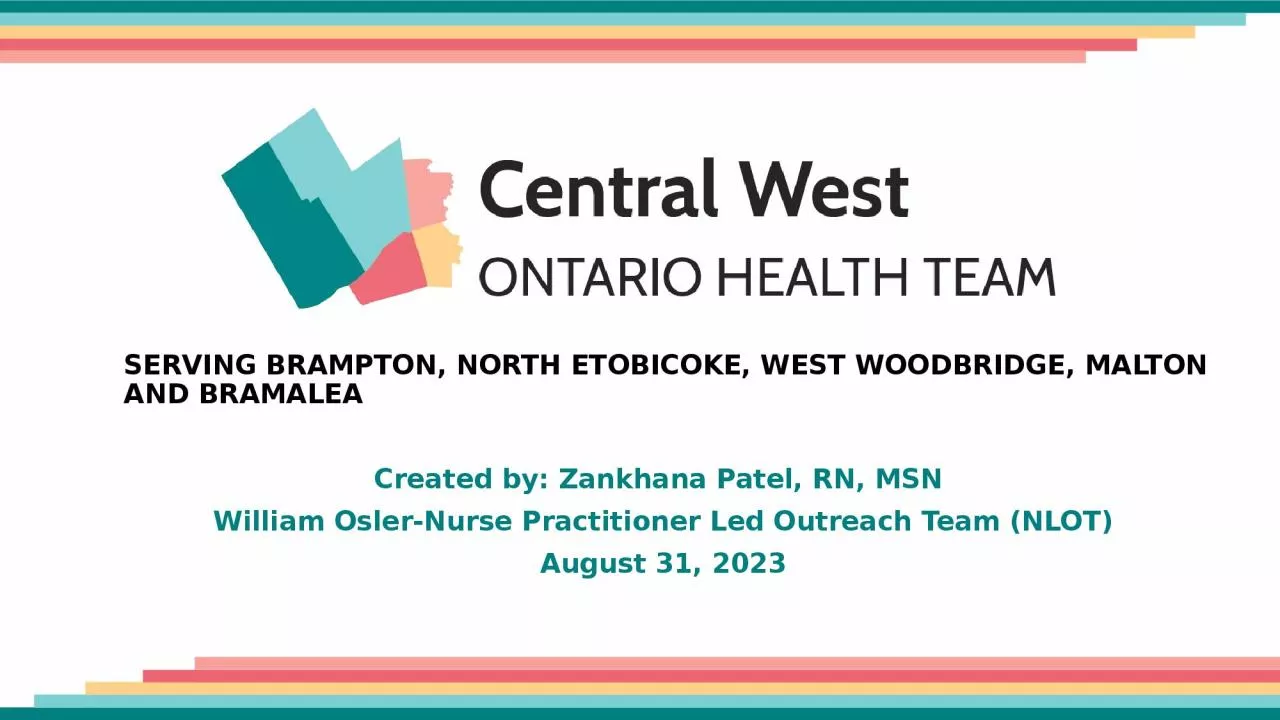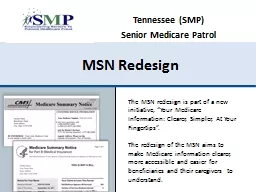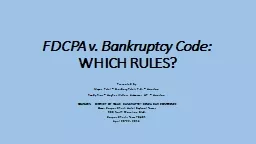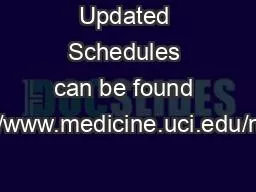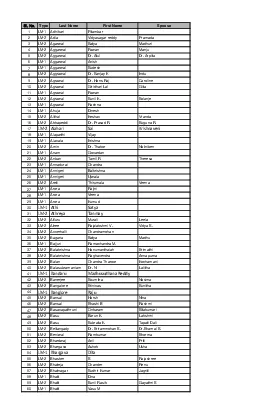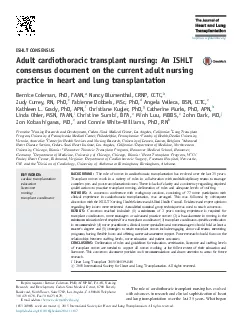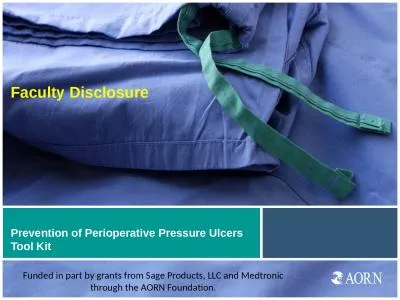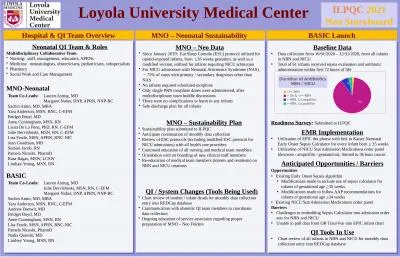PPT-Created by: Zankhana Patel, RN, MSN
Author : helene | Published Date : 2024-03-13
William OslerNurse Practitioner Led Outreach Team NLOT August 31 2023 Nursing Management of Diabetes in LTC Learning Objectives Define and understand hypoglycemia
Presentation Embed Code
Download Presentation
Download Presentation The PPT/PDF document "Created by: Zankhana Patel, RN, MSN" is the property of its rightful owner. Permission is granted to download and print the materials on this website for personal, non-commercial use only, and to display it on your personal computer provided you do not modify the materials and that you retain all copyright notices contained in the materials. By downloading content from our website, you accept the terms of this agreement.
Created by: Zankhana Patel, RN, MSN: Transcript
Download Rules Of Document
"Created by: Zankhana Patel, RN, MSN"The content belongs to its owner. You may download and print it for personal use, without modification, and keep all copyright notices. By downloading, you agree to these terms.
Related Documents

